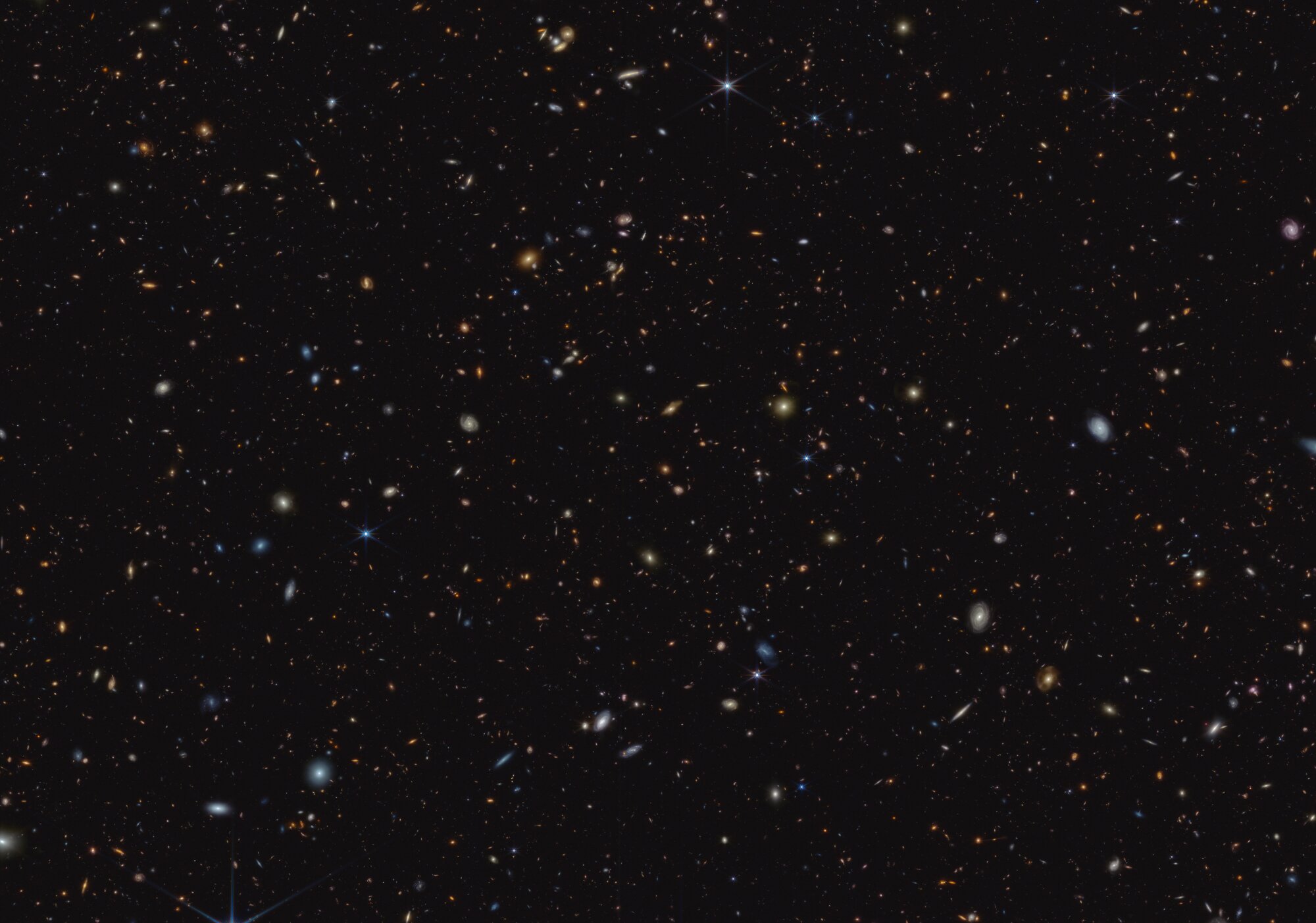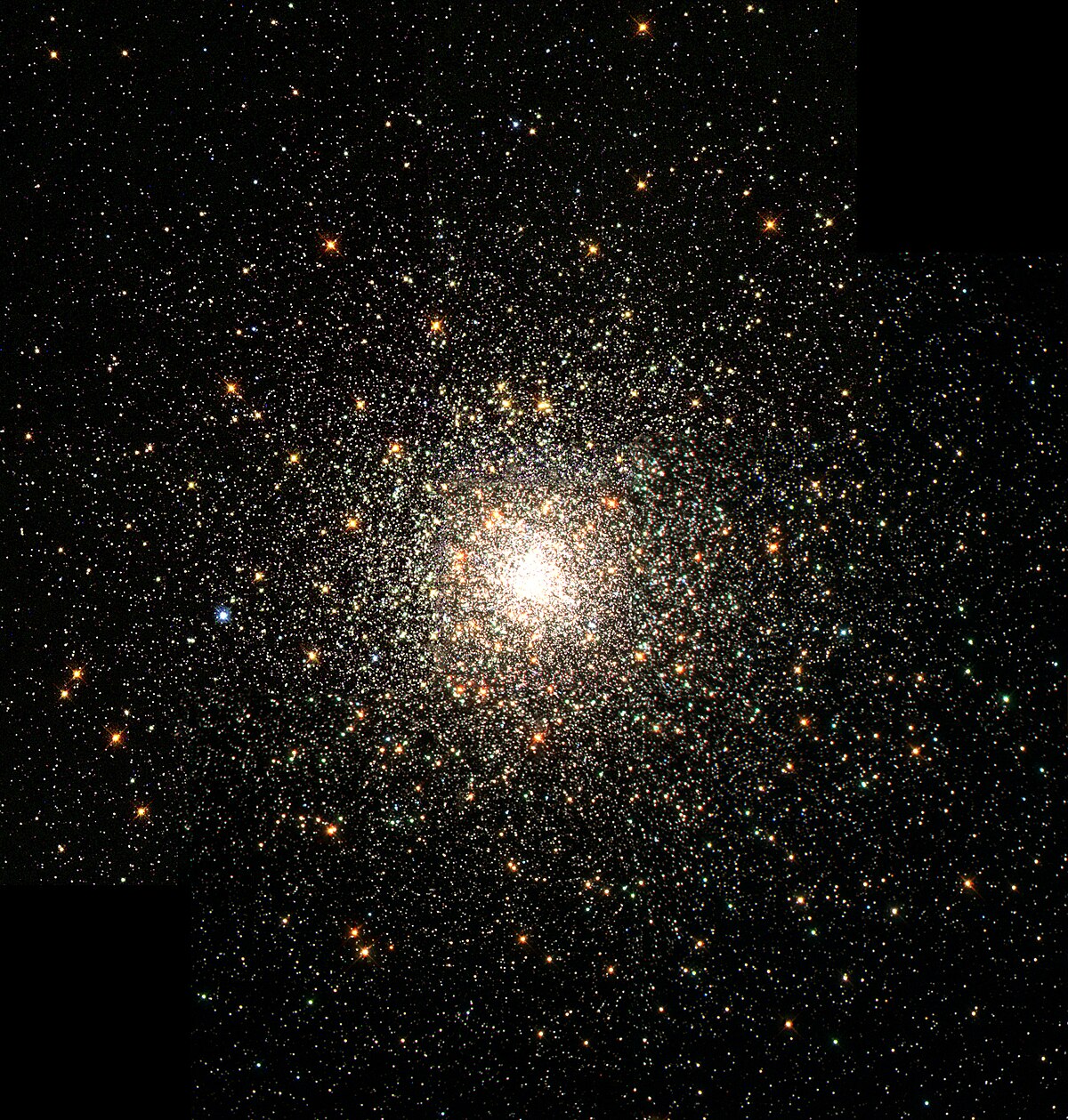The space.com report says, "The molecules we found aren't simple things like water or carbon dioxide," study lead author Justin Spilker, an astronomer at Texas A&M University in College Station, told Space.com. "We're talking about big, floppy molecules with dozens or hundreds of atoms in them."...All in all, these new findings suggest that "it's possible for galaxies to form in overdrive," Spilker said. "The galaxy we studied is already just as massive, and its stars have formed just as much carbon and oxygen, as our own Milky Way, even though it's only a tenth the age."
My note, this report from Feb-2023 shows the redshift for SPT0418-47, z=4.225. Discovery of a Dusty, Chemically Mature Companion to a z 4 Starburst Galaxy in JWST ERS Data,
https://ui.adsabs.harvard.edu/abs/2023ApJ...944L..36P/abstract “We report the discovery of two companion sources to a strongly lensed galaxy SPT0418-47 ("ring") at redshift 4.225, targeted by the JWST Early Release Science program.”
The light time or look back distance using cosmology calculators 12.262 Gyr, age of universe at z=4.225, 1.459 Gyr, and comoving radial distance for SPT0418-47 where it is assumed to be today, 24.380 Gly. Using H0 = 69 km/s/Mpc, space is assumed to be expanding 1.7204144E+00 or at least 1.72 x c velocity. Given the chemical enrichment reported for SPT0418-47, where is the zero-metal gas BB cosmology uses to explain the origin of early galaxies and Population III stars or the gas of the cosmic dark ages?




